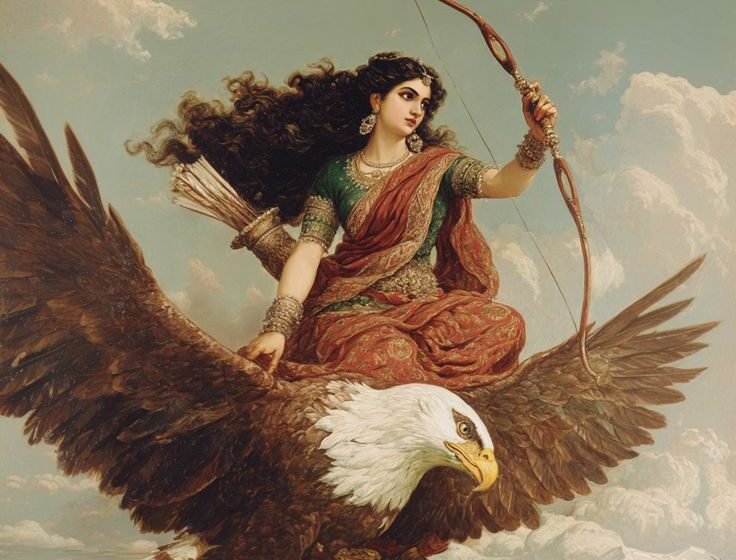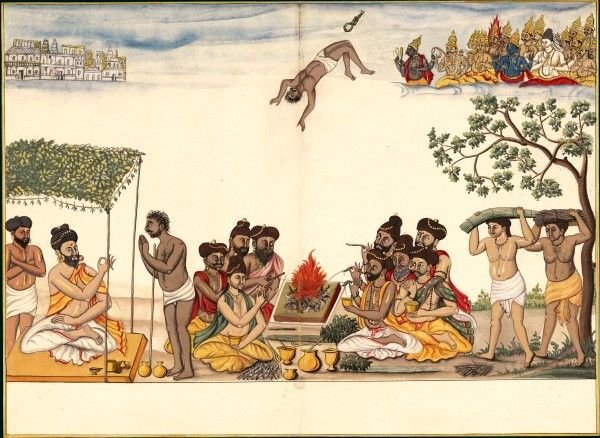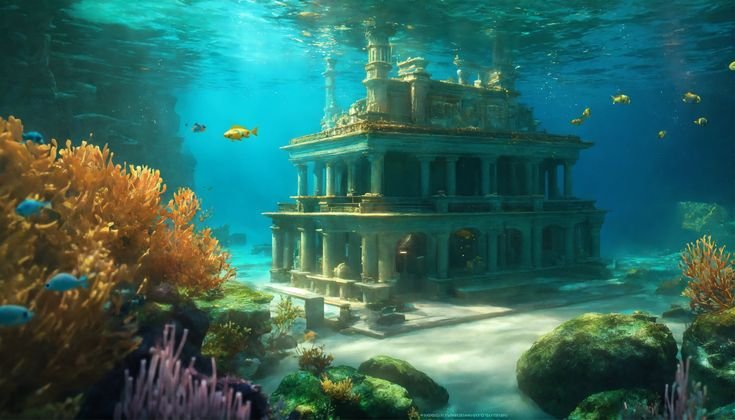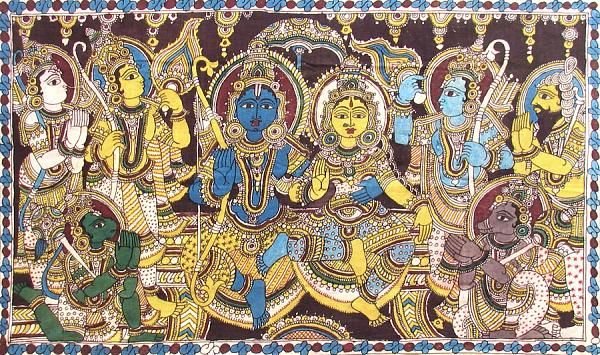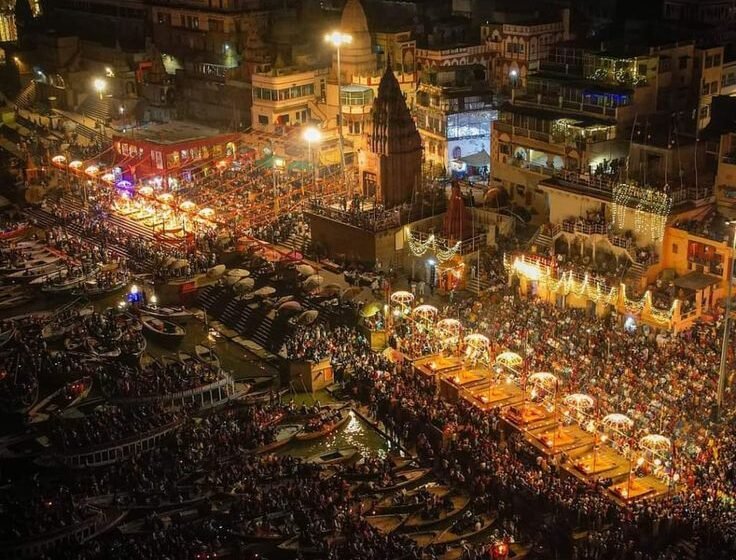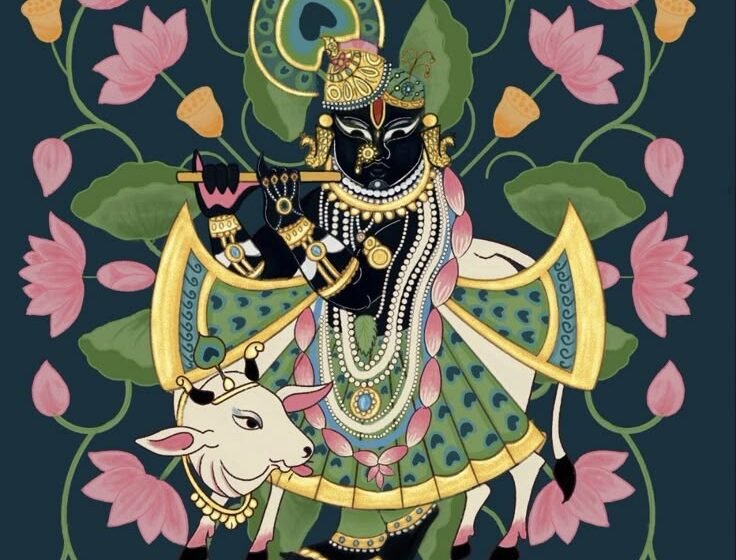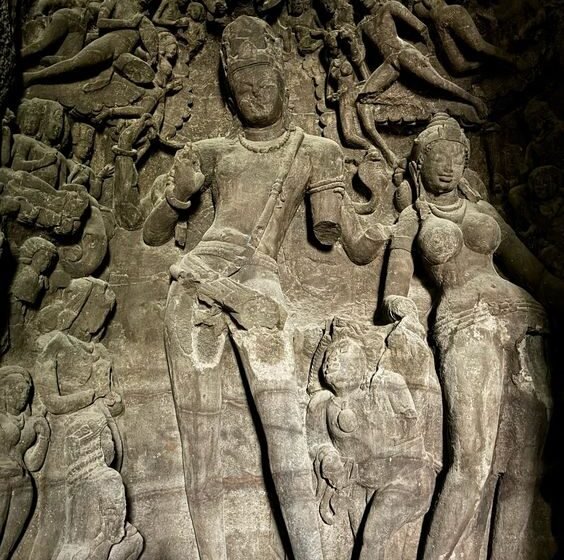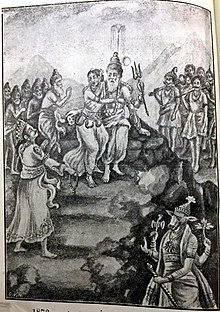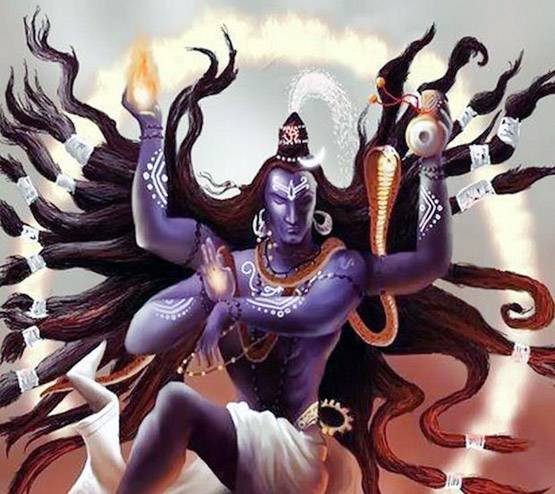-Anushka Sengupta Satyabhama, one of the most interesting characters in Hindu Mythology and a favorite of mine, was one of the Ashtabharya of Lord Krishna. Depicted as an intricate amalgamation of aesthetics, dignity, courage, and faith, Satyabhama holds a special place in the Krishna-centric stories of the Mahabharata, Bhagavata Purana, and numerous local legends. Referred […]Read More
Tags : hindu mythology
Hindu mythology is an intricate web of deities, symbols, and esoteric concepts that transcend time and geography. Among the many enigmatic figures within the Vedic and post-Vedic traditions is Aja Ekapada, a one-footed god shrouded in mystery and associated with Rudra, storms, and cosmic forces. Unlike more commonly known deities such as Indra, Vishnu, or […]Read More
Trishanku is a fascinating character from Hindu mythology, known for his unique fate of being suspended between heaven and earth. His story, primarily found in the Ramayana, highlights themes of ambition, defiance, curses, and the power of sages. Born as Satyavrata, he was a king of the Suryavamsha (Solar Dynasty) and the father of the […]Read More
Indian mythology is a treasure trove of captivating stories, larger-than-life characters, and extraordinary events. These tales, passed down through centuries, often blur the lines between myth and history, leaving us to wonder where fiction ends and reality begins. Among these mysteries, one of the most enduring is the legend of Lord Krishna’s magnificent city of […]Read More
It is most definitely not an exaggeration to say that the Indian art forms that we see now, have existed, and evolved not just 100s of years ago but actually thousands of years ago. Their roots within the Indian art culture and tradition are in fact that deep. One of these art forms are the […]Read More
Dev Diwali, otherwise known as “Dev Deepawali,” is one of the most colourful and spiritually important Hindu festivals. The festival is observed fifteen days after Diwali on the auspicious occasion of Kartik Purnima. On this day, according to local beliefs, the gods are said to descend from the heavens to the holy city of Varanasi […]Read More
Pichwai paintings are a vibrant and intricate form and style of Indian art which has been captivating art enthusiasts and devotees alike for centuries. Because of their initial origination in the temples of Nathdwara in Rajasthan, these paintings allow us to witness the magnificence of the beauty of devotion blending with artistic genius. Apart from […]Read More
The Elephanta Caves are located on Elephanta Island also known as Gharapur, in Mumbai Harbour. This island has been home to people since as early as the 2nd century BCE making it an important historical site. Originally, the island was a Buddhist site, but over time, it became a major centre for the worship of […]Read More
From Cosmic Deluge to Divine Ethics: The Rich Tapestry of
The Manava Purana, a significant yet lesser-known text within the vast corpus of Hindu scriptures, offers profound insights into the spiritual and cultural heritage of ancient India. This Purana is one of the eighteen Upapuranas, serving as a supplementary text to the major Puranas in Hindu literature. It is particularly focused on the duties, responsibilities, […]Read More
Discover the Spiritual Insights of Sivarahasya Uppurana
Sivarahasya Upapurana mirrors the grand tradition that has characterized Hindu mythology and spirituality. The present paper will attempt to delve deep into its mystifying history, mythology, and cultural significance to bring out a comprehensive account of the text, which although lesser known, has very important implications. The Sivarahasya Upapurana has a very special place within […]Read More
